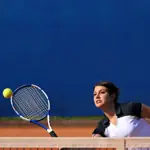
There are many factors that make a tennis player a good defensive player. Speed, anticipation, footwork and, of course, how you hit the ball when you're in a defensive position are all critical elements.
How, where and why you hit the ball can get you back into the point and possibly turn the tables and put your opponent on the defensive end of the point.
More: 3 Attack Shots Every Player Should Use
Many of us, when pulled out of position go for the all-or-nothing winner. Typically these types of desperation shots might land in the court one out of 10 times. That's a very low percentage and high-risk strategy.
A good defensive player has more options, all of which are safer and smarter than the all-or-nothing (impatient) desperation shots.
So what are safer shot selections to hit in these situations? Let us look at some different scenarios and how you can play the points out.
1. You are pulled way off of the court
The problem here is that you'll be way out of position to get to the next ball your opponent hits. You need to buy yourself some time after you hit your shot to get back into a good position on the court.
Hitting the ball hard will only cut your recovery time down since it will reach the other side of the court quicker.
More: Securing Wins With Return of Serve
A smart shot would be to hit a deep lob and get back to the middle of the baseline. The more advanced players can hit a heavy topspin lob or a high heavy topspin shot.
It's also harder for your opponent to hit winners off of deep high shots that are slower (Unless you hit the ball so high that they can get underneath the ball for an overhead).
Hitting the ball cross-court also will allow you more length to hit the ball. The further the ball can travel the more time you have to recover.
Just remember, the harder you choose to hit the ball in this situation, the less time you will have to recover and get back to the center of the court or a decent position for your next shot.
2. Your opponent comes to the net on a great approach shot
In this situation you are pinned on the baseline and your opponent has hit a great approach shot and you cannot take a big swing at the ball.
In this scenario, you have two options for good defensive play:
2a. The lob is always a good shot, but when you are playing taller or quicker opponent's they can make you pay for such a shot if you do not hit the perfect lob.
More: The Secret to Returning Lobs
Always be sure to hit your lobs deep in the court. If you can hit the lob with topspin, that is an added bonus. However, that shot can be difficult in this situation. If you have time to hit the ball with topspin you may have time to set up for a hard hit winner.
2b. Another good option to have here is to just get the ball over the net. At a minimum you have to make your opponent hit one more volley.
The last thing you want to do is to go for an near impossible shot and miss which is almost like giving them a free point.
When stuck in this situation, hitting at their feet is very effective, especially against taller players. What is even more effective is to hit the ball low and try to get your opponent to change directions.
If they're moving in one direction make them change direction and turn to hit the ball. Forcing them to hit another shot to finish the point increases the chance that they can hit an error or a less offensive shot that you can take advantage of.
More: How to Volley on the Move
$Pagebreak$
The ultimate goal here is to make them hit a shot that was not as effective as the approach or the last volley.
If you can force them to hit up on a volley or hit a sloppy shot you can quickly take control of the point and put your opponent on the defensive end.
3. You are being out powered while on the baseline.
When your opponent is on the baseline and you're being out powered and forced to move a lot, hitting the ball becomes much more of a challenge.
At this stage of the point you don't want to try and match power with power if it's not your strong point.
More: 4 Ways to Beat the Baseline Game
Instead of hitting harder, slow your shots down and aim to hit the ball deep in the court. It's much harder for your opponent to generate pace on the ball when you don't give them much pace to work with.
You also don't want to change the direction of the ball. If they hit the ball cross-court hit it back cross-court if you're in trouble.
More: How to Add Power to Your One-Handed Backhand
It's much easier to hit the ball back in the direction it came from rather than trying to hit it down the line if your opponent hit cross-court. It's more difficult and takes more timing to change the direction of the ball.
If you're in trouble and stretched out, play it safe and send the ball back from where it came from.
4. Defending against a good lob
If you're at the net and your opponent hits a good lob that you can barely reach you do not have to try to hit an overhead 120 mph.
If you're backing up extremely fast and are fully stretched to hit the overhead chances are swinging big will only get you in more trouble. It is perfectly acceptable to hit an overhead at 50 percent pace and keep yourself in the point.
More: 3 Ways to Reverse Your Opponent's Momentum
In the end, percentage tennis, although not always as fun, can keep you in the point and help you to turn the tables on your opponent.
Play it safe when you need to and try to incorporate the above options into your game.
I know it's tempting to go for the big winner when in a bad spot, but I guarantee you that in the long run, you will win more points by playing smarter rather than playing fancier.
More: 8 Simple Ways to Instantly Improve Your Tennis Game
 Search for your next tennis event.
Search for your next tennis event.
About the Author


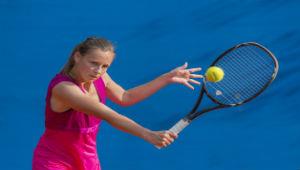
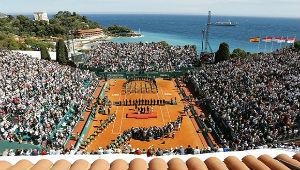
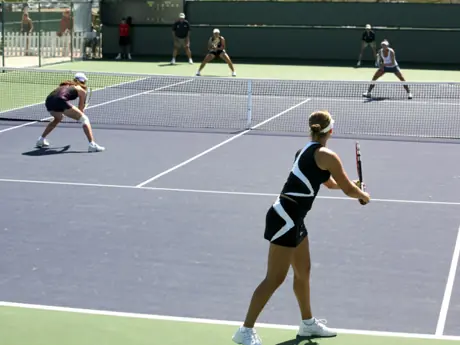
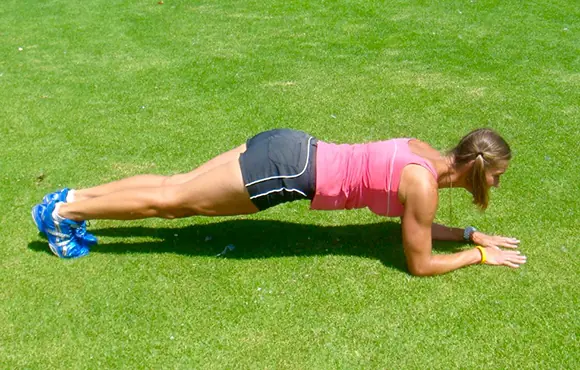
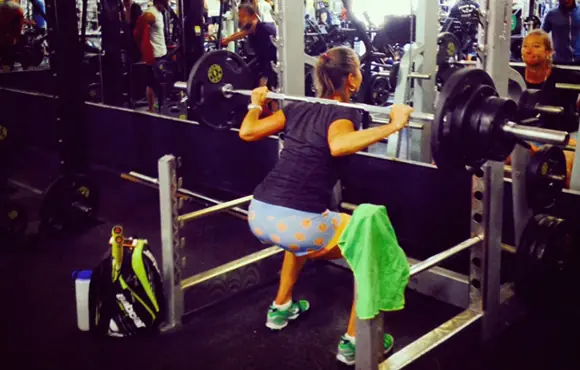

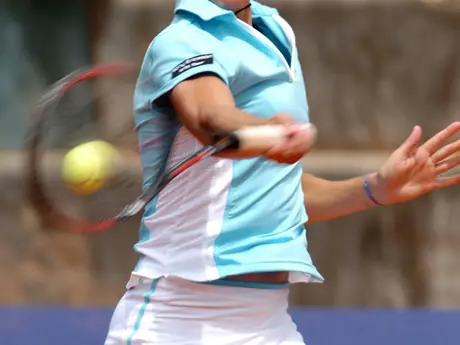
Discuss This Article